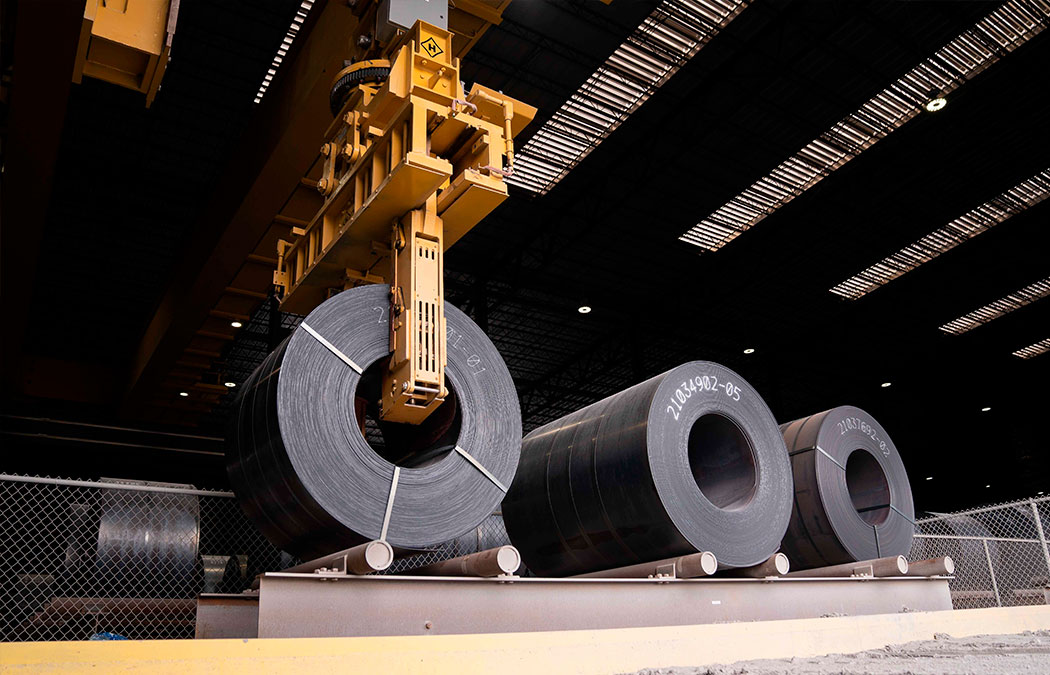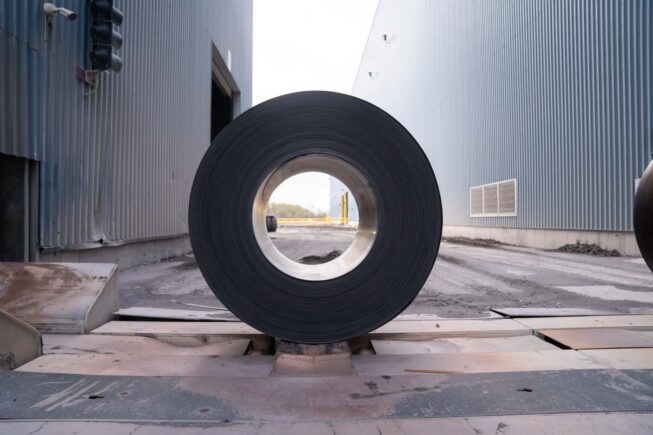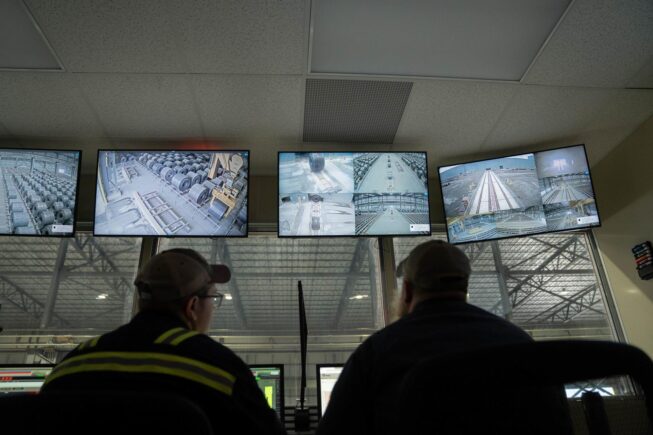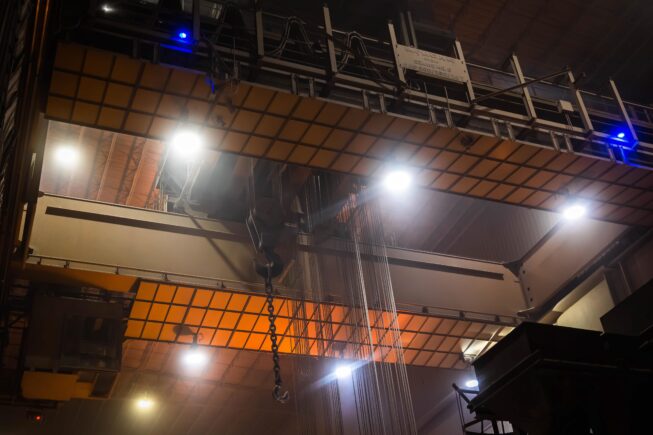Ordering a Heppenstall Lifting Device: What You Need to Know

/ Blog
As the leading brand in below the hook lifting devices for well over a century, Morgan Heppenstall has developed a line of products as extensive as it is prestigious. Today, we use this catalog of designs as the foundation to custom design and manufacture lifting devices that meet our customers’ exact material handling needs.
Because we design our Heppenstall below the hook devices to be the perfect interface between crane and material, it is critical that we know as much as possible about the product, the process, and the crane as soon as possible. That’s why I decided to write this blog: to give our customers insight into the information needed to begin the design of their custom Heppenstall, potentially even expediting their order.

1. The Product
Whether you’re moving slabs, coils, or plates, we need to know just about everything you can tell us about the product you’re moving.
Material, Dimension, Weight, and Temperature:
What material is your product made out of?
- For example, aluminum can be punctured for cheap and secure lifting while steel cannot.
What is the range of possible product dimensions and weights?
- This determines the capacity and device size of your lifting device
Will the product be carried while it is at a high temperature? If so, for how long?
- The highest possible temperatures and the duration and frequency of lifts determines the service of the below the hook device.
Proximity, Product Stage, and Contact Location:
How close will the product be to other obstacles, including other product, when the device lifts it? When it lowers it?
- We can design a lifting device to fit into any reasonable envelope, but the smaller it is, the stronger it needs to be, and the more likely you’ll need to make it electrically operated.
How is the product positioned before and after the lift? Is it on a platform?
- Depending on the type of product, needing to grab it from the ground rather than a platform limits the options to grab it effectively.
Will the product need to be rotated or turned?
- Needing to rotate or turn the product would require specific equipment to accomplish that goal effectively.
Can the product be marked up by the lifting device?
- If the product isn’t at the final stage in production, the lifting device can grab it in a way that is more secure but would leave noticeable marks on a finished product.

2. The Process
Besides the product itself, we need to know how you want your Heppenstall lifting device to function within your process.
Mode of Actuation
Will the device grab onto the product through mechanical or electrical actuation?
- Electrical is quicker, more reliable, and requires less space to operate, but it will cost roughly double the amount of a mechanical device because it requires an additional hoist.
- If you want to lift in a tight envelope, or don’t have much head room between crane and product, electrical might be your only choice.
Controls and Automation
How will the below the hook device be controlled?
- While not radically changing the design of the device itself, we do need to set up a control scheme that fits your process, whether that’s a pendant or full automation.
Do you want any automation integrated into your device?
- Whether you want the device to operate without human interaction, or just give your operator assistance with optimal alignment and gripping, we need to include those options in the design.

3. The Crane
Whether you are ordering a Heppenstall for an existing crane or are building a new crane for a greenfield project, we can design to your crane.
Capacity and Lifting Space:
What is the capacity of the crane compared to weight of the product?
- We can always design around an envelope, but a crane can only lift so much. If there isn’t enough carrying capacity for the lifting device, you might have to upgrade your crane (See “Crane Replacement: Should you Upgrade your Crane?”).
How much height is between the crane and the product?
- This determines the envelope we’re working with and possibly if the actuation has to be electric.
If you are using electrical actuation, how much voltage does your crane have?
- If there isn’t enough available voltage to operate the lifting device, we will have to run additional power to the crane.
Morgan Comprehensive Customization
While I will never say no to more information, this covers the basics required to start the design of your custom Heppenstall below the hook lifting device. Regardless of the limitations, your answers to these questions might provide, we will never turn you away if there is a feasible solution. With the help of Morgan Engineering and Morgan Automation, we can adapt your crane and your mill to solve your most complex material handling needs.

